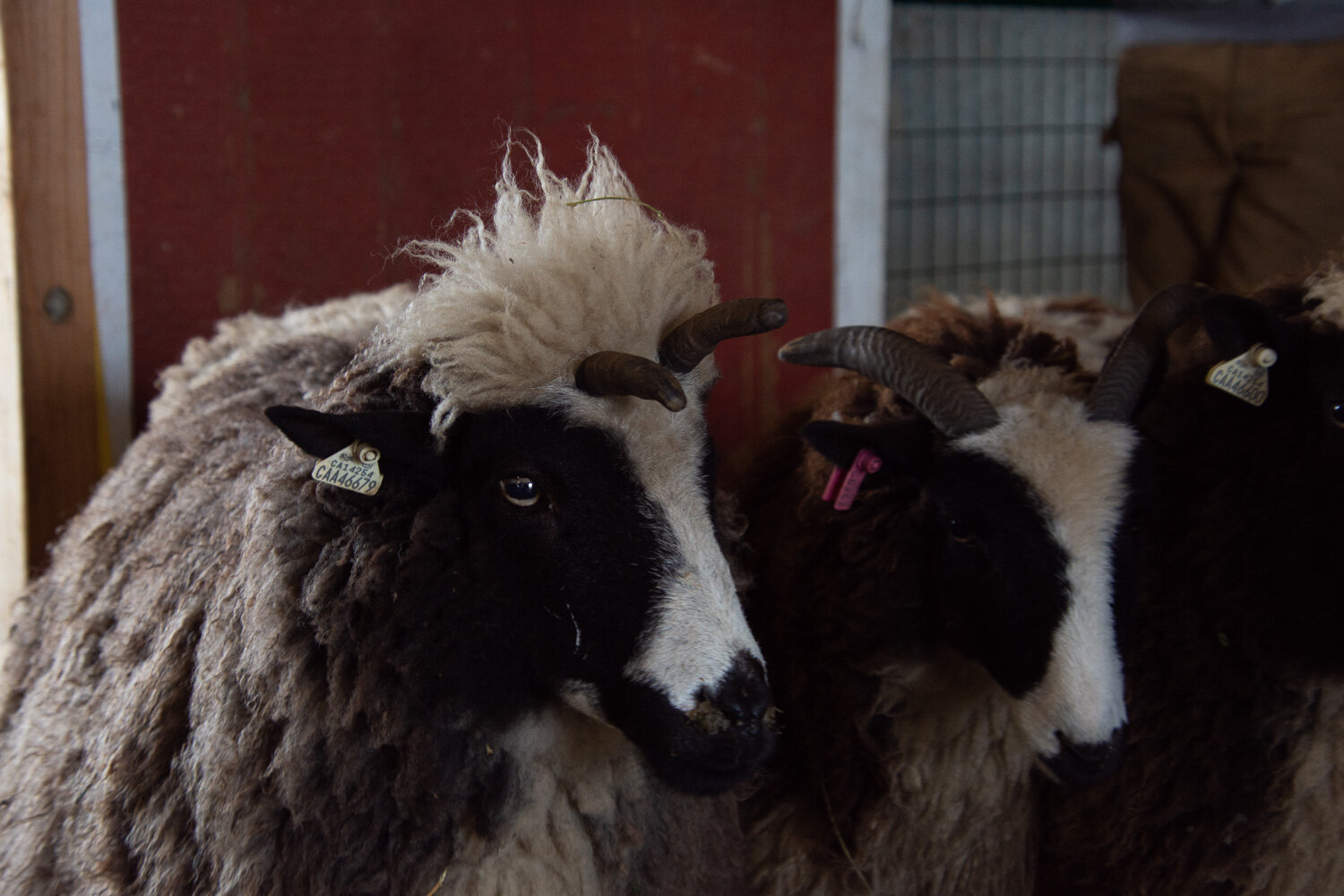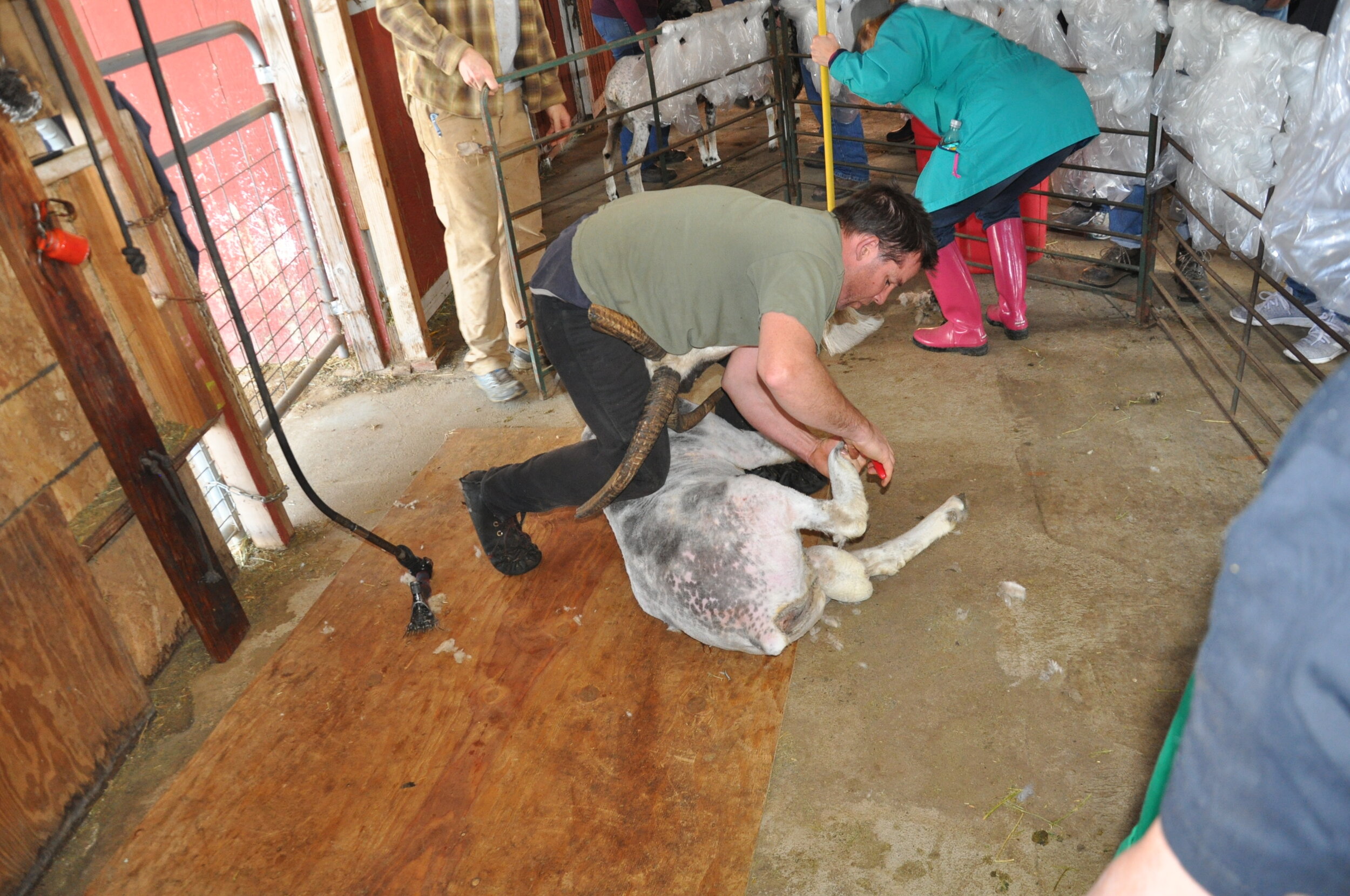LAMBS!
/Lambing seems off to a slow start. Usually the barn is full a few days after the first lamb is born, but not this year. The first due date I had marked on my calendar was today, February 26.
The first lambs were born February 20 - a set of twins to Zinnia and sired by the ram we picked up in Oregon, Ruby Peak Tamarisk.
Here is how that little yellow lamb looked today, 6 days later.
Four days later I checked the barn in between Zoom meetings and found this scene. Two ewes and two lambs. Upon closer inspection I knew that only one of these ewes had lambed. Ginger is the one on the left and these twins were hers. But Dilly was in early labor and sometimes the ewe’s hormones take over and they are anxious to mother a baby. Can you see how confusing it could be for the shepherd to sort out lambs? This is why I think it is important to keep checking the barn and when I think a ewe is in labor I separate her. These are two experienced moms but if there is a young ewe involved she might completely lose track of her lamb if an older pushier ewe intervenes. Even with these two if I’d been there an hour later I might not have known which lambs belonged to which ewes.
This is Ginger with her twins, sired by Axle. There are photos of the sires on the Ram Page.
Dilly had her own lambs but then Ginger thought maybe they were hers. You have to realize that this desire to claim lambs from another ewe doesn’t last long. In fact not long after this Ginger was hitting the fence when those other lambs got too close. It’s only possible to get an orphan lamb grafted onto another ewe with a lot of work and skill (and luck) involved.
One of Dilly’s twins.
Later that night (actually the next morning at 12:30 a.m.) Anise lambed with twins. The black lambs are crossbreds sired by Peyton, the BFL ram. See his photo on the Ram Page
This morning Betty lambed. There is another reason I like to get these ewes into the lambing pen before they lamb.
The lamb on the right is that one in the photo above after Betty got her cleaned up. The one on the left is how they look if they are delivered in a clean pen.
So my goal every time I go to the barn is to figure out which of these ewes is the next to lamb.


































































































































